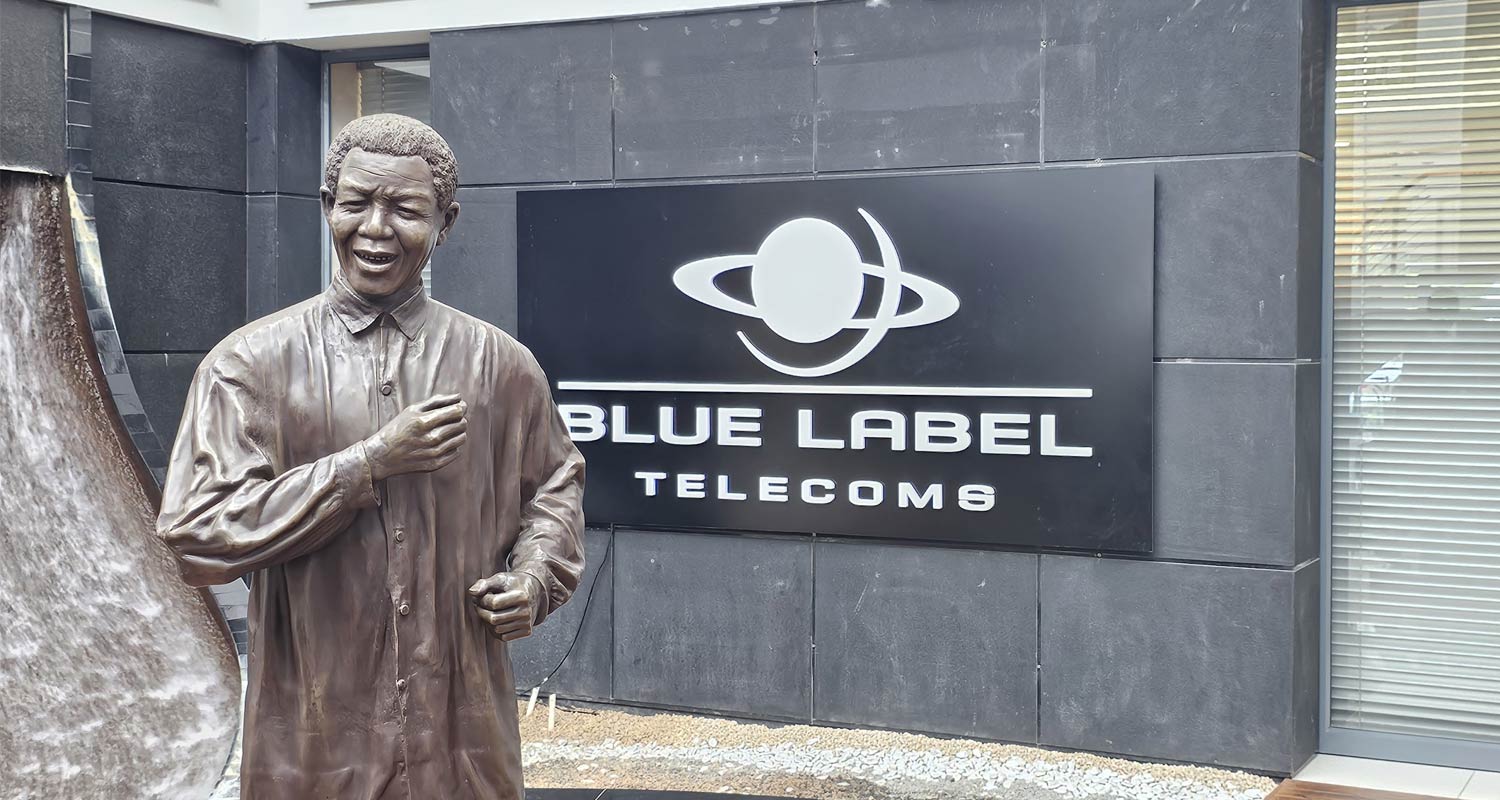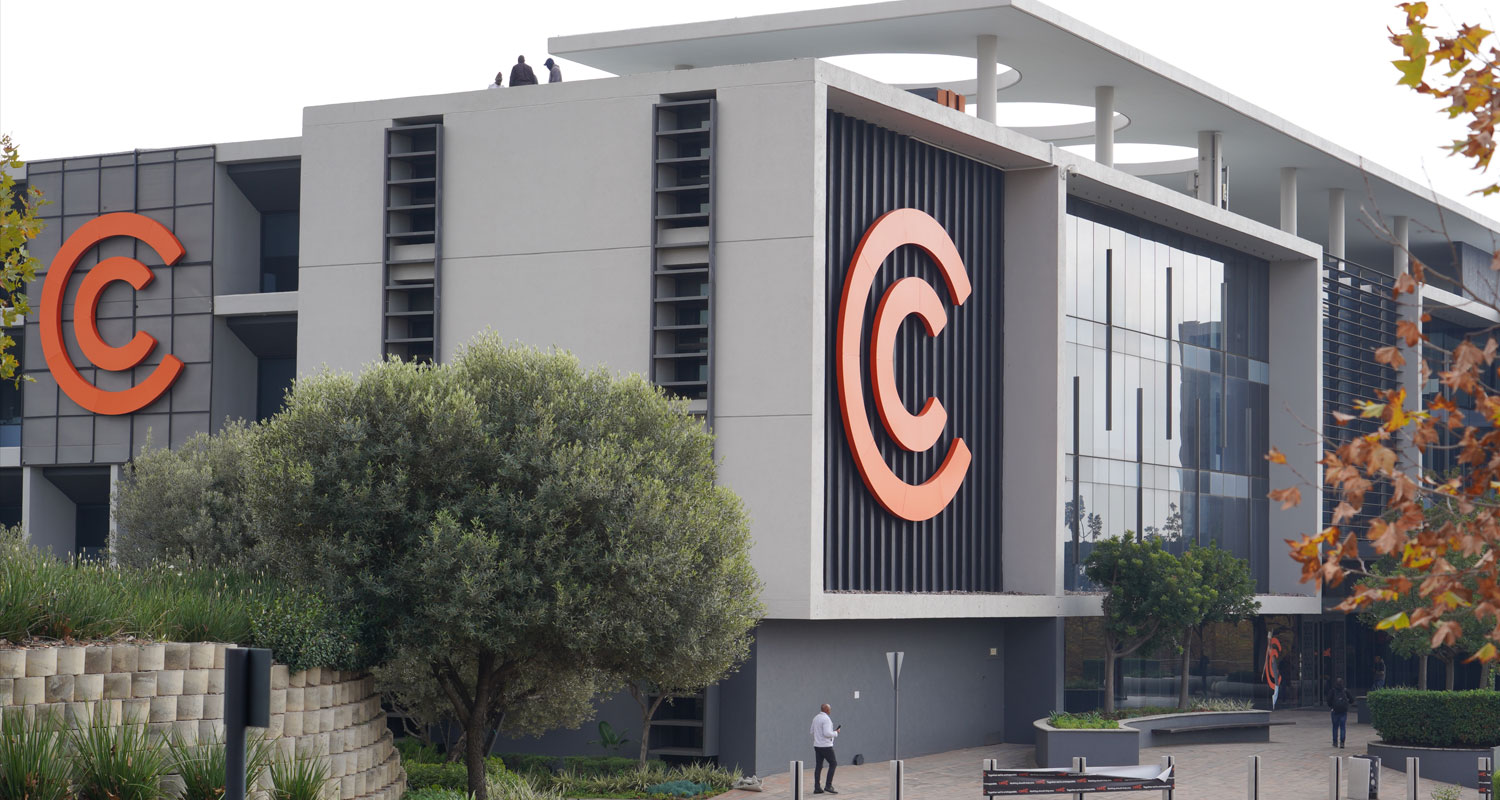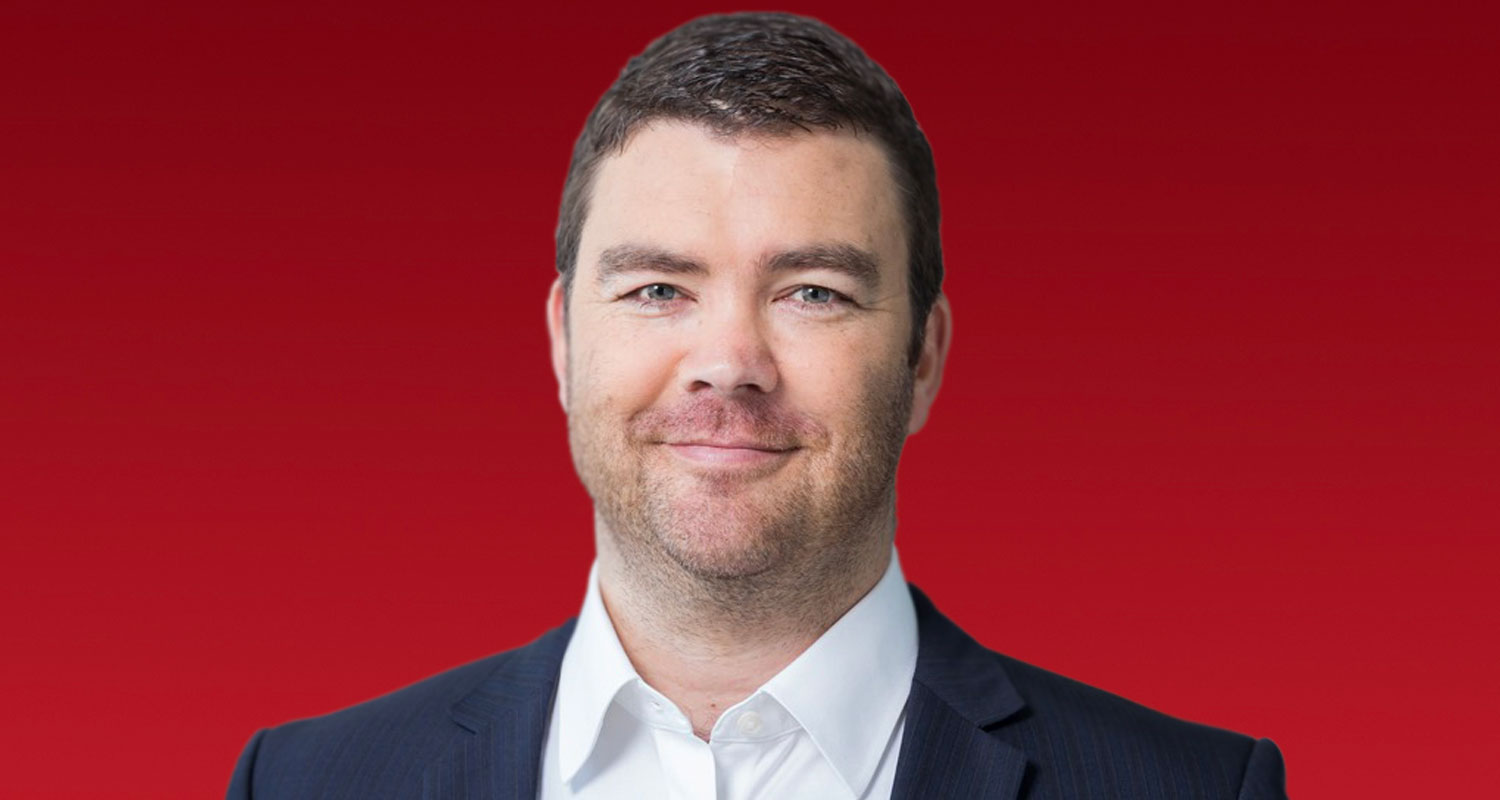Blue Label Telecoms’ share price has plunged more than a quarter in the past two days after its annual results, published on Tuesday, appeared to disappoint investors.
Philip Short of Flagship Asset Management has been particularly bullish about the prospects for Blue Label, in large part because of the emerging turnaround at mobile operator Cell C, in which Blue holds a non-controlling – and soon to be controlling – stake.
Blue Label’s share price has surged in recent months after Blue Label said it was working on a potential listing on the JSE for Cell C.
Two years ago, on 1 September 2023, Blue Label shares were trading at just R2.80/share. It took the company just over a year to double its market value, and each Blue Label share was trading at R5.58 by market close on 10 October 2024.
The rally has continued, with the share price reaching R17.20 on 22 August, days before the release of the company’s results for the year-ended 31 March 2025. Blue Label closed at R16.31/share on 26 August but has had tanked to R11.90/share as at 11am on Thursday, representing a 27% loss in value.
But what has investors spooked?
According to Flagship Asset Management’s Short, the company’s fundamentals remain solid. (Flagship Asset Management owns Blue Label shares.)
TechCentral: Why did the Blue Label share price drop by more than 17% on Wednesday, 27 August? (Note: the share price lost a further 10% by midmorning on Thursday.)
Philip Short: Given the strong run – it is the best-performing stock on the JSE over the last two years – and the upcoming listing of Cell C, I would guess there has been some speculative buying that has unwound.
I do think that some speculative investors have not done their homework and are not as informed on the companies (BLU and Cell C) as they should be. For example, some market commentators point to the negative operating cash flow of minus R480-million. At first glance, that’s alarming. But if you look at the finer detail in the notes, you’d see that BLU pre-paid a once-off R1.3-billion in Cell C airtime in this period in anticipation of the upcoming restructuring announced via BLU Sens in May.
Part of the restructuring will see Cell C buy all its own airtime from BLU in exchange for Cell C equity. In this way, a normalised cash flow number would have been negative R480-million plus R1.3-billion, which equals R820-million, a strong number.

What do you think has investors spooked?
Maybe investors bought into the share, as it rose rapidly in the months prior, without knowing the company well enough. And then, when you see the share down 4% or 5%, emotional behaviour takes over and you panic sell. I say that because the results were actually pretty good, from my point of view. So, other than the cash-flow concern, I’m guessing that’s what spooked investors.
Had the share run too hard up to that point?
It has come from a depressed, oversold base over the last year. So part of the run is it catching up to some kind of normal levels.
What is the outlook for Blue Label’s share price, especially given the planned listing of Cell C?
The strong run does coincide with a Sens statement in May, which included a restructuring of Cell C, and included the following important points:
- Cell C buying Comm Equipment Company from BLU, paying in Cell C shares;
- Cell C buying back Cell C airtime from BLU, paying in Cell C shares;
- Cell C doing a debt-for-equity swap – this will eliminate all debt currently on Cell C’s balance sheet (BLU owns 90% of Cell C;’s debt); and
- Cell C will issue an initial public offering.
What this means is that:
- BLU’s stake in Cell C will be 90-95%+;
- Cell C will have no debt, except for an asset-backed facility that comes with the purchase of CEC. This debt is ring-fenced and is backed by handsets that it sells;
- Cell C will have a clean balance sheet;
- Cell C has R28-billion in accumulated tax losses, so will not pay tax for long time; and
- Cell C made R2.1-billion in Ebitda (earnings before interest, tax, depreciation and amortisation) in 2025 and has publicly guided for R2.8-billion in 2026 (R2.3-billion in normal Cell C plus R500-million from acquired CEC).
 A company that makes R2.8-billion in Ebitda, with little to no net interest expense and tax, is a highly cash-generative business. Free cash flow of R2.8-billion minus R800-million equals R2bn in free cash flow. When Cell C IPOs within the next six months, it should fetch R15-billion on the back of that free cash flow number.
A company that makes R2.8-billion in Ebitda, with little to no net interest expense and tax, is a highly cash-generative business. Free cash flow of R2.8-billion minus R800-million equals R2bn in free cash flow. When Cell C IPOs within the next six months, it should fetch R15-billion on the back of that free cash flow number.
Read: Blue Label Telecoms to change its name as restructuring gathers pace
BLU has in a clever way now engineered themselves into a position where they will own 90-95%+ of Cell C. At what value will Cell C list? R15-billion seems very reasonable. Once Cell C IPOs, both BLU and Cell C will have strong balance sheets with strong earnings growth. They would both be in a position to pay dividends. – © 2025 NewsCentral Media
Get breaking news from TechCentral on WhatsApp. Sign up here.
Don’t miss:
TCS | Signal restored: Unpacking the Blue Label and Cell C turnaround



